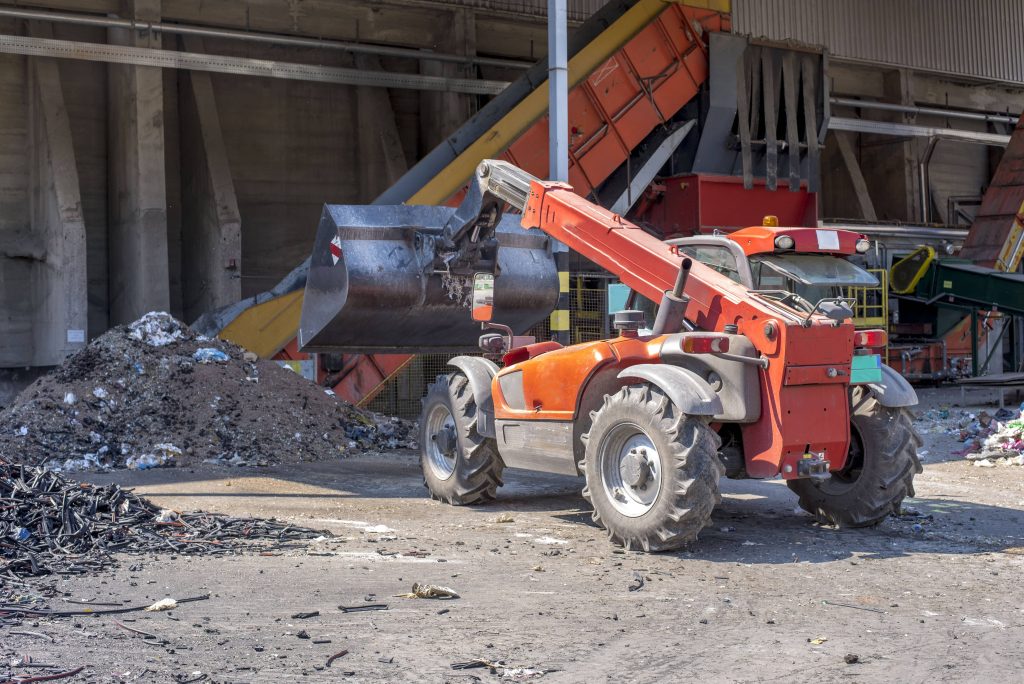Telehandlers, also known as telescopic handlers, are indispensable machines across multiple industries, including construction, agriculture, and logistics. These machines offer exceptional versatility, combining the best features of forklifts and cranes. They provide superior reach and lifting capabilities, making them ideal for a wide range of applications. Whether transporting materials on a construction site or handling heavy loads on a farm, choosing the right telehandler is crucial for efficiency and safety.
In this blog, we look at the essential factors to consider when choosing the right telehandler for your next project.
What is a Telehandler?
A telehandler is a lifting machine equipped with a telescopic boom that extends forward and upward. Unlike conventional forklifts, telehandlers can reach higher and farther, making them ideal for tasks that require additional reach and flexibility. They can be fitted with various attachments, including forks, buckets, and lifting jibs, further enhancing their functionality. Their ability to operate on rough terrains makes them a valuable asset in multiple industries.
Why Choose Telehandlers Over Other Lifting Equipment?
Telehandlers offer several advantages over traditional lifting equipment such as forklifts and cranes:
- Greater Reach and Height: The extendable booms allow them to lift loads to higher elevations and across obstacles.
- Versatility with Attachments: Can accommodate different attachments, making them suitable for multiple tasks, from material handling to excavation.
- Superior Mobility: Designed for rough and uneven terrains, telehandlers are ideal for construction sites and agricultural settings.
- Compact Design: Equipment like cranes require more space and setup time. Telehandlers, on the other hand, offer quick deployment and mobility, making them more efficient for smaller projects.
Common Applications for Telehandlers
Telehandlers serve a variety of purposes across different industries:
- Agriculture: Used for lifting hay bales, moving feed, and transporting heavy farm equipment.
- Construction: Ideal for lifting and placing materials on elevated work platforms, moving heavy loads across job sites, and handling palletised goods.
- Landscaping: Useful for transporting soil, mulch, and large plants, as well as clearing debris from sites.
- Warehousing and Logistics: Efficient in handling bulk materials and loading/unloading heavy pallets.
Key Considerations for Choosing the Right Telehandler
Selecting the best telehandler for your project depends on several factors:
Load Capacity
A telehandler’s lifting capacity determines its suitability for specific tasks. Standard models can handle loads ranging from 2,500 kg to 6,000 kg. Exceeding a machine’s weight limit can lead to operational hazards, so it is essential to assess your project’s weight requirements before making a selection.
Lift Height and Reach
The height and reach of a telehandler are crucial considerations, especially for projects involving multi-storey buildings or elevated work platforms. Some telehandlers can extend up to 20 metres, making them ideal for high-rise applications. To ensure optimal performance, always evaluate the vertical and horizontal reach required for your tasks.
Terrain and Stability
Ground conditions significantly influence telehandler performance. If you are working on rough or uneven terrain, selecting a model with robust all-terrain capabilities, large tyres, and stabilisers is essential. Conversely, a compact telehandler with smaller tyres may be more suitable for smooth surfaces such as warehouses.
Attachments Compatibility
Telehandlers are known for their adaptability, thanks to the availability of various attachments. Consider whether your project requires forks for pallet handling, buckets for excavation, or winches for lifting operations. Choosing a telehandler that supports multiple attachments can increase efficiency and versatility.
Fuel Type and Efficiency
Telehandlers come in diesel, gas, and electric variants. Diesel-powered models offer high torque and are best suited for heavy-duty outdoor applications. Gas-powered telehandlers are commonly used for indoor tasks due to lower emissions, while electric models are preferred for environmentally sensitive projects. Assessing fuel efficiency and operational costs can help in making an informed decision.
Top Telehandler Brands to Consider
When selecting a telehandler, choose a reputable brand to ensure reliability and performance. Leading manufacturers include JCB, Merlo, Manitou, and Caterpillar. While JCB models offer excellent manoeuvrability and efficiency, Merlo stands out for its commitment to precision engineering, safety, and innovation. They offer superior manoeuvrability, excellent fuel efficiency, and robust build quality, making them a reliable choice for both construction and agricultural applications.
Tips for Renting vs. Buying a Telehandler
Deciding whether to rent or purchase a telehandler depends on your budget and project duration. Here are the key considerations:
- Buying a Telehandler: If you frequently require a telehandler, purchasing one can be a cost-effective long-term investment. Ownership also allows you to customise it with specific attachments tailored to your needs.
- Renting a Telehandler: For short-term or seasonal projects, renting is a more affordable option. It eliminates maintenance and storage costs while providing access to the latest models.
Conclusion
Choosing the right telehandler for your project involves assessing factors such as load capacity, lift height, terrain conditions, and attachment compatibility. Whether you are working on a construction site, an agricultural field, or a warehouse, selecting the right model can significantly improve efficiency and safety.If you are looking for telehandlers for sale, Reach out to Access Service Australia or call us today at 1300 272 111 for professional guidance and tailored recommendations.

